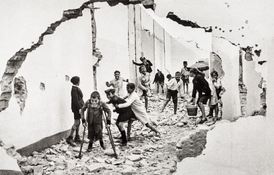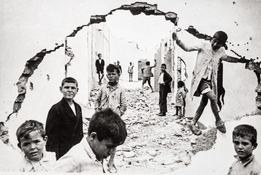This weekend, I came across a new book, *Bresson in Italy*. Bresson is one of my favorite photographers—not only for his images but also for his thoughts on photographic art, which I deeply admire. However, as I flipped through the book, I couldn’t help but feel that most of the photographs were quite mediocre.
What struck me even more was the contrast between Bresson’s own philosophy and the modern tendency of curators to endlessly "milk the cow." Bresson once said:
"For us, there are two stages of selection and, consequently, two possible disappointments. The first comes when we confront reality through the viewfinder. The second, when the images are developed, and we are forced to part with those that, while correct, are ultimately less powerful."*
Yet, looking at this book, it seems that today's curators have abandoned this principle entirely.
What struck me even more was the contrast between Bresson’s own philosophy and the modern tendency of curators to endlessly "milk the cow." Bresson once said:
"For us, there are two stages of selection and, consequently, two possible disappointments. The first comes when we confront reality through the viewfinder. The second, when the images are developed, and we are forced to part with those that, while correct, are ultimately less powerful."*
Yet, looking at this book, it seems that today's curators have abandoned this principle entirely.







